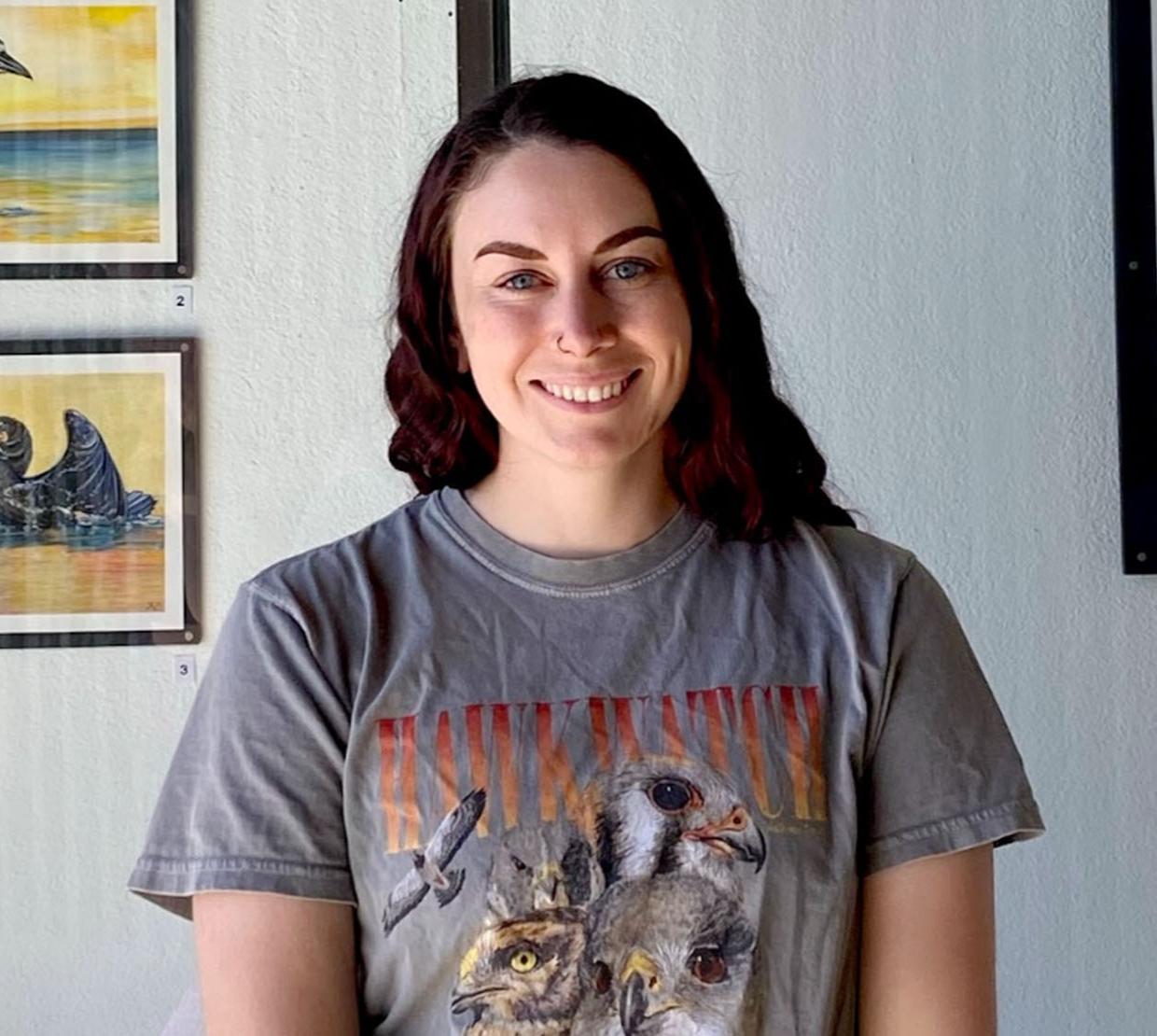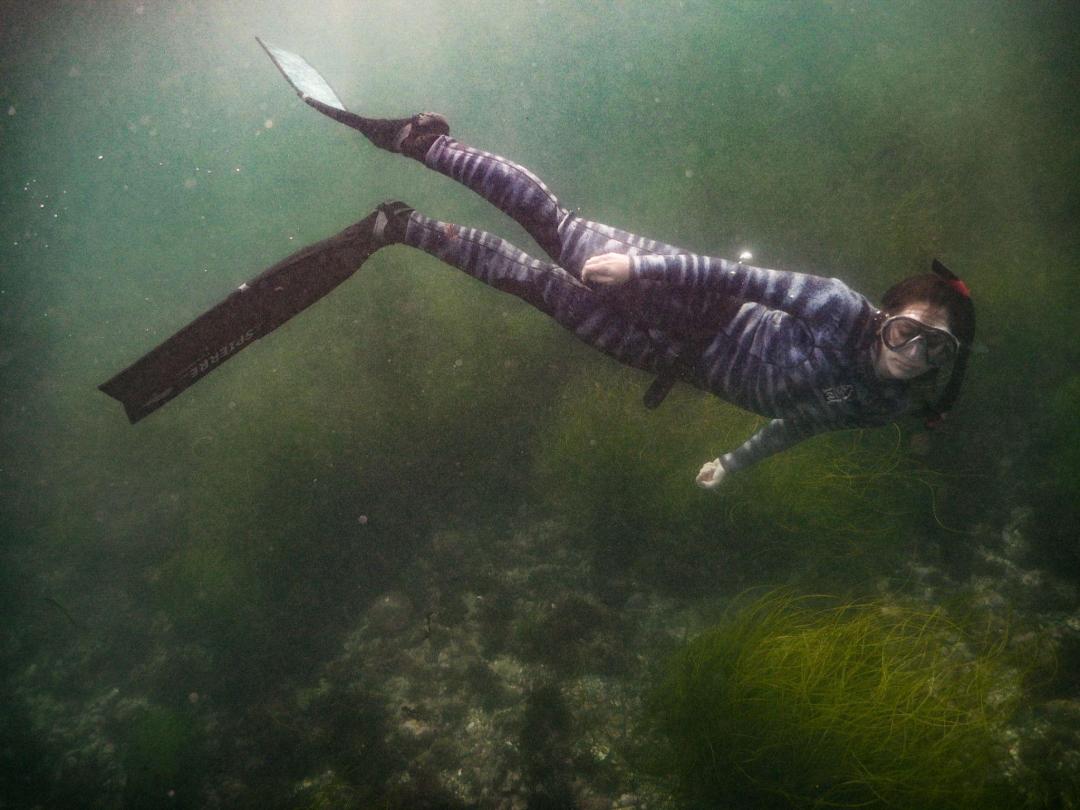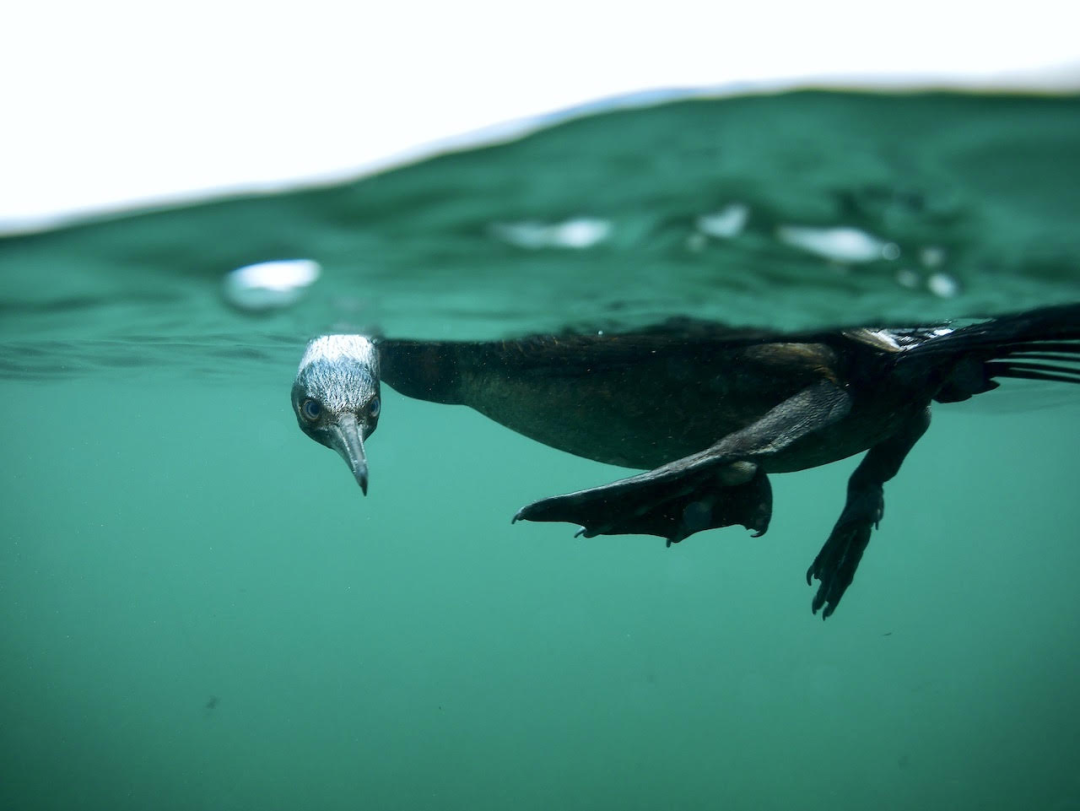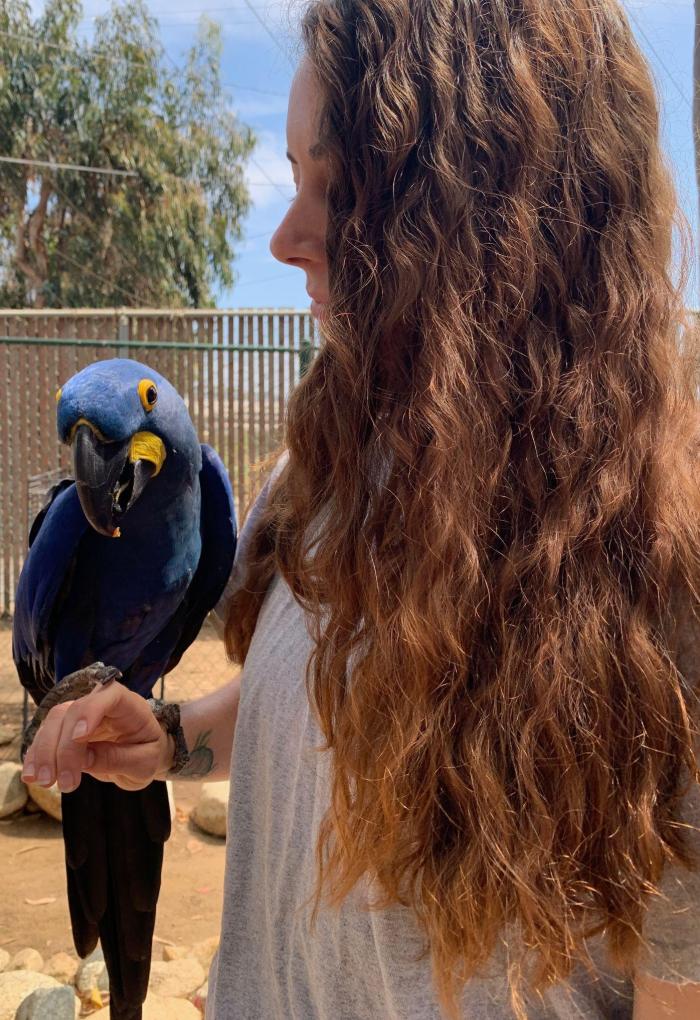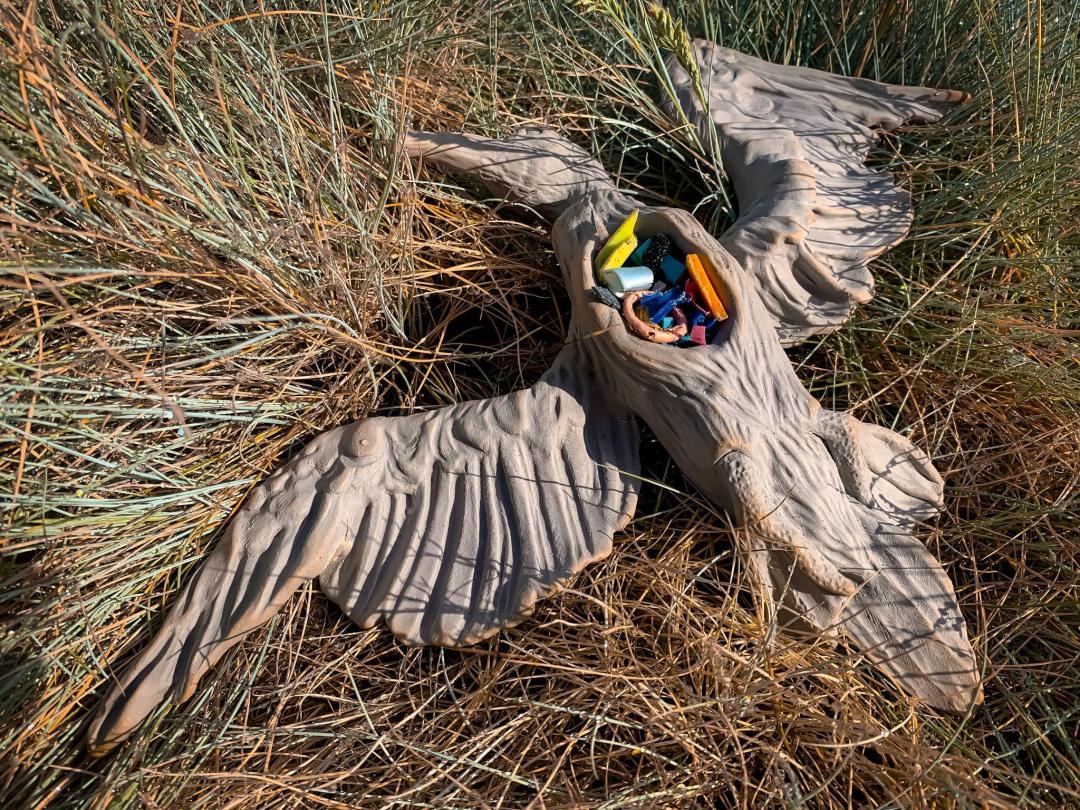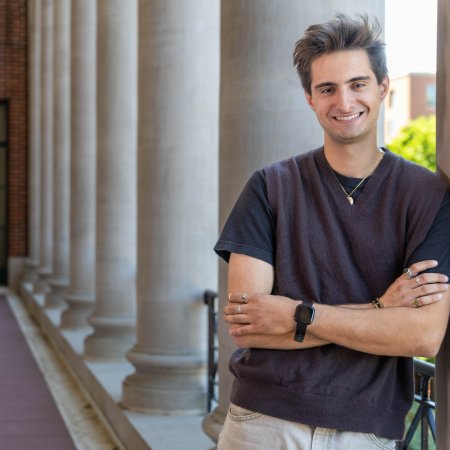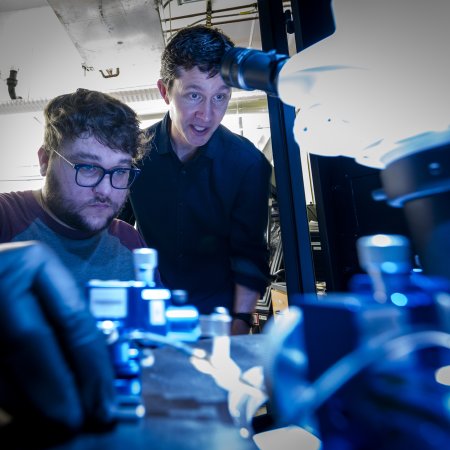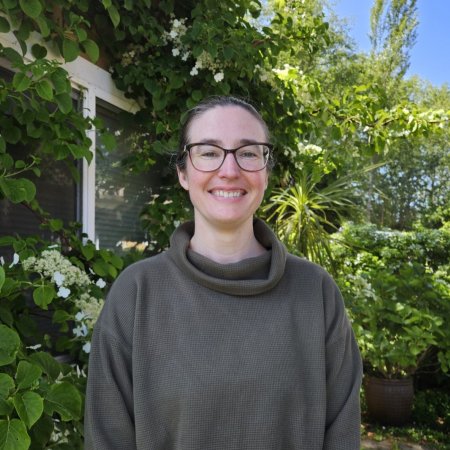Vagner’s passion for art is not just a hobby; in fact, she hopes it can bridge the ever-widening gap between people who do science and the people they do science for.
“I’m a visual learner. And I don’t think I’m the only one, which is why I want to help others like me.”
Classes such as figure drawing, art history and ceramics directly help Vagner understand the zoology material she is learning. Vagner prefers to draw out her notes as opposed to merely jotting down a string of words or phrases. Rather than attempting to memorize huge walls of text in her biology textbook, she might illustrate and label the parts of a eukaryotic cell herself to better integrate the content into her memory. “I’m a visual learner,” she said. “And I don’t think I’m the only one, which is why I want to help others like me.”
In the future, Vagner’s vision is to work in scientific illustration to make science more accessible to the public. After earning her Master of Fine Arts in science communication, Vagner is considering Cornell’s Bartels Science Illustration residency program to bring to life the Cornell Lab of Ornithology’s educational and outreach materials, videos and scientific research.
By doing so, her work has the potential to be published across renowned platforms, including the Cornell Lab’s Living Bird magazine and All About Birds website, as well as in various scientific publications. Ultimately, Vagner hopes to introduce scientific illustration programs to community colleges and universities.
“My dream is to help people understand science – the physiology and anatomy of DNA, viruses, animals, people, and everything in between ... It’s only then that we can raise awareness and work together to preserve the world we live in.”
“Every time you open up a field guide or a textbook and come across an image that isn’t a photograph, you’re seeing scientific illustration at work,” Vagner reveals. “My dream is to help people understand science – the physiology and anatomy of DNA, viruses, animals, people, and everything in between – by taking the time and care to pick apart these crucial processes necessary for our understanding. It’s only then that we can raise awareness and work together to preserve the world we live in.”
